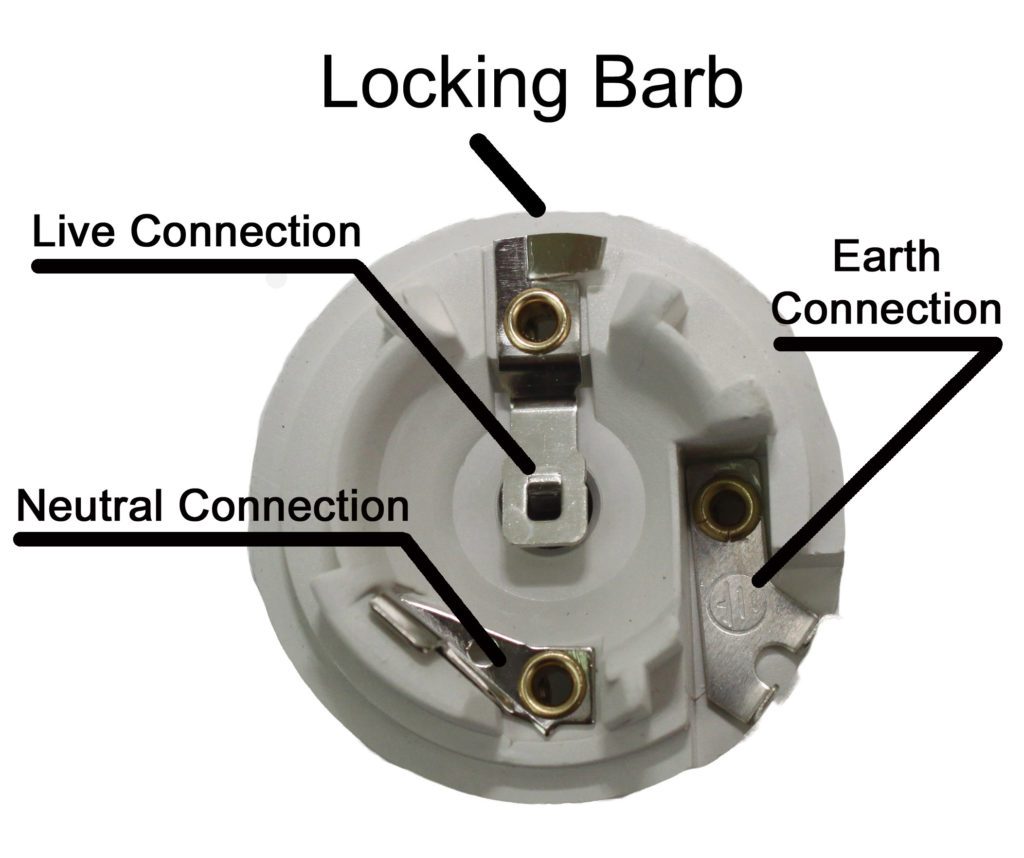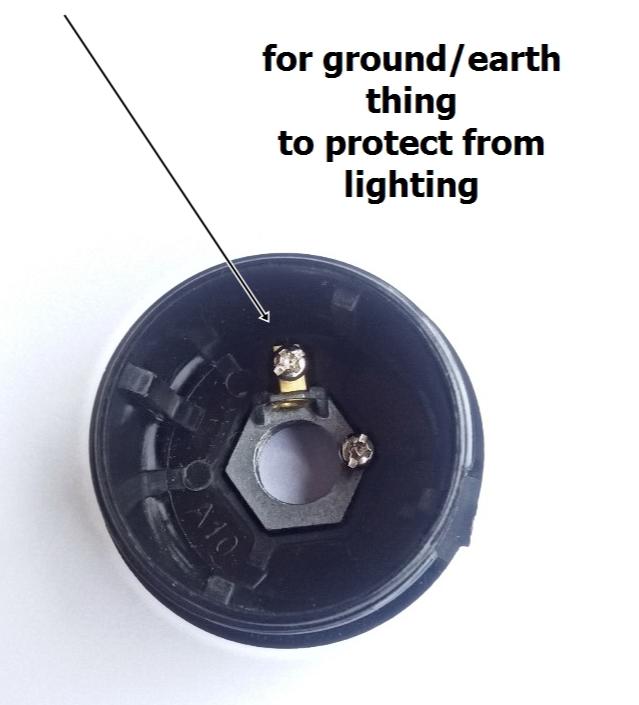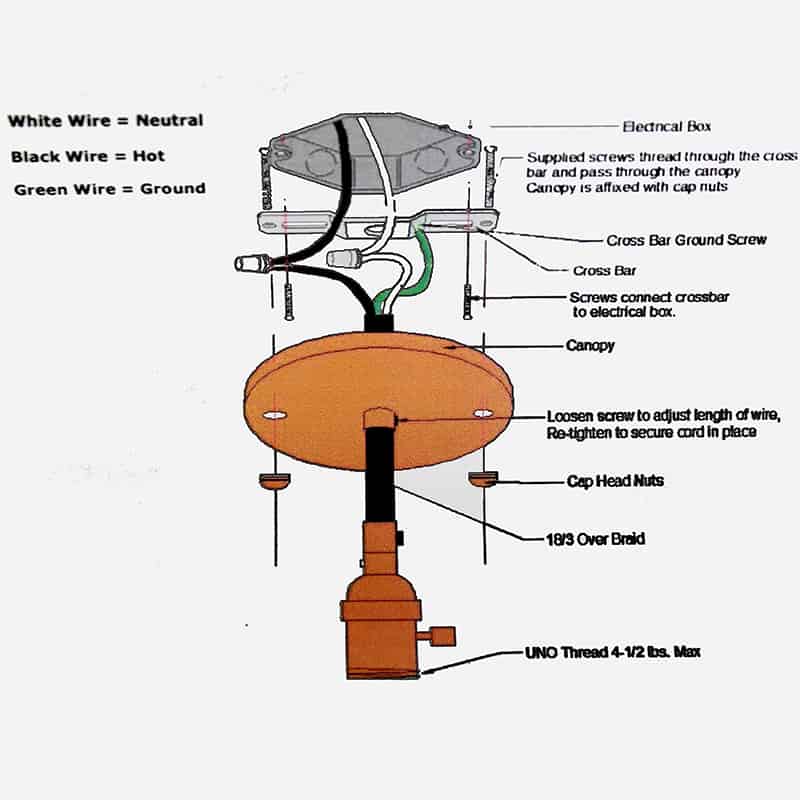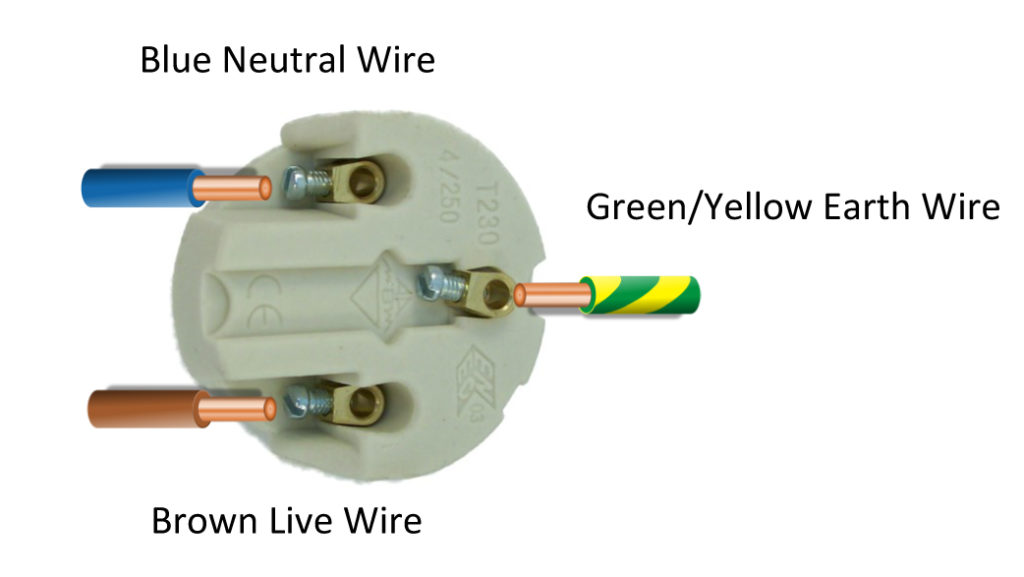Many light bulb holders don’t have ground terminals, which causes people to worry about the safety and operation of these fixtures. Here’s why and what you can do about it.
Light bulb holders typically don’t have ground terminals because they are designed for basic electrical fixtures where you don’t need to ground them or ground them elsewhere, such as in the fixture itself.
Let’s talk about why you don’t need to ground light bulb holders.

What is a Ground Wire and Its Purpose?
A ground wire is an essential safety feature in many electrical systems. It provides a direct path for stray electricity, preventing electrocution and fire hazards by directing excess electrical energy away from live wires and into the earth. Grounding is particularly important in situations where metal components could become live during a short circuit.
However, in the case of certain fixtures like light bulb holders, grounding might not be necessary. For example, many lamp holders are made of materials like ceramic or plastic that don’t conduct electricity, reducing the risk of shocks. In these cases, a ground wire isn’t required.
Why Don’t Many Light Bulb Holders Have Ground Terminals?
Light bulb holders don’t always come with ground terminals because they are often used in low-voltage, low-risk applications. When a holder is made from non-conductive materials like ceramic, plastic, or bakelite, there’s minimal risk of electrical faults or short circuits. This eliminates the need for a grounding wire in many situations.
Additionally, in modern fixtures, grounding might be built into the design of the light fixture itself, making a separate ground wire in the bulb holder redundant. In these cases, the fixture handles grounding, and the bulb holder doesn’t need a terminal for this function.

Double-Insulated Light Fixtures
Many light fixtures are categorized as double-insulated, meaning they are built with two layers of insulation to protect against electrical shocks. This double insulation negates the need for a grounding wire, as the fixture itself provides sufficient safety measures.
When dealing with double-insulated fixtures, there’s no requirement for the bulb holder to have a ground terminal. This type of insulation is common in both residential and commercial settings where safety is a priority.
UL and CE Standards: Do Light Fixtures Require Grounding?
In regions like the U.S. and Europe, products are required to comply with safety standards like UL (Underwriters Laboratories) in the U.S. and CE (Conformité Européenne) in Europe. These certifications dictate whether a fixture needs grounding.
For instance, metal fixtures must be grounded, but many plastic or ceramic lamp holders don’t require it due to their non-conductive nature. This explains why some bulb holders, particularly those made from insulating materials, don’t come with ground terminals. They are designed to meet safety standards without needing grounding.

Risks of Ungrounded Light Fixtures
Even though many modern fixtures can safely operate without grounding, there are still potential risks involved. If a metal light fixture is not grounded, a fault in the wiring could electrify the entire fixture, causing a significant shock hazard.
Therefore, while the bulb holder itself might not require grounding, it’s still crucial to ensure that the entire light fixture system is properly grounded to prevent electrical mishaps.
Grounding in Older Wiring Systems
Homes built before the mid-20th century often feature wiring systems without ground wires. If you’re replacing a light fixture in an older home, you should be aware that modern safety codes now require grounding for new installations.
In older homes, it is advisable to retrofit the system with a ground wire. If no ground wire is present in your existing wiring, consulting a licensed electrician to bring your system up to code is essential for safety.

Grounding in Ceiling Fixtures and Pendant Lights
Hanging lights and ceiling fixtures typically have different grounding requirements compared to basic light bulb holders. These fixtures are often connected directly to electrical junction boxes, which are required to have a ground wire.
In this case, the bulb holder itself doesn’t need a separate ground terminal because the grounding is managed through the fixture or the junction box. As a result, the bulb holder can function without one.
The Role of Earth Wires in Light Fittings
In many metal light fittings, the earth wire, also known as a ground wire, plays a critical role by directing excess electricity safely into the ground in the event of a fault. When installing light fixtures, especially those made of metal, it’s crucial to connect the earth wire.
However, in fixtures where no exposed metal parts are present, such as plastic or ceramic light fittings, grounding might not be necessary. In such cases, the earth wire can be left unconnected if local electrical codes permit it.

Adding Ground Wires to Existing Fixtures
If your light fixture lacks grounding but you want to ensure maximum safety, it’s possible to add a ground wire. Retrofitting a ground wire involves connecting the fixture to the electrical panel or grounding system, which might require professional assistance.
While this step isn’t necessary for all fixtures, it is crucial for metal fixtures or installations in areas prone to electrical surges. Ensuring your light fixture is grounded will reduce the risk of shocks and electrical fires.
What Happens if There’s No Ground Wire?
If a light fixture is not grounded, there is a greater risk of electrical shock during malfunctions. Without grounding, a power surge or wiring fault could cause the fixture to become live, potentially electrifying any metal parts and posing a significant safety hazard.
Grounding provides an essential layer of protection, offering a safe route for electricity to travel in case of faults, thereby preventing fires and shocks.

Final Words: Many don’t have a ground terminal because they are designed for low-risk applications. However, grounding is critical for the overall safety of the fixture.













